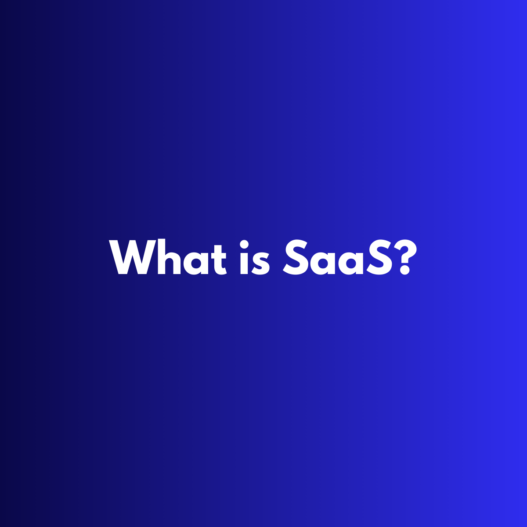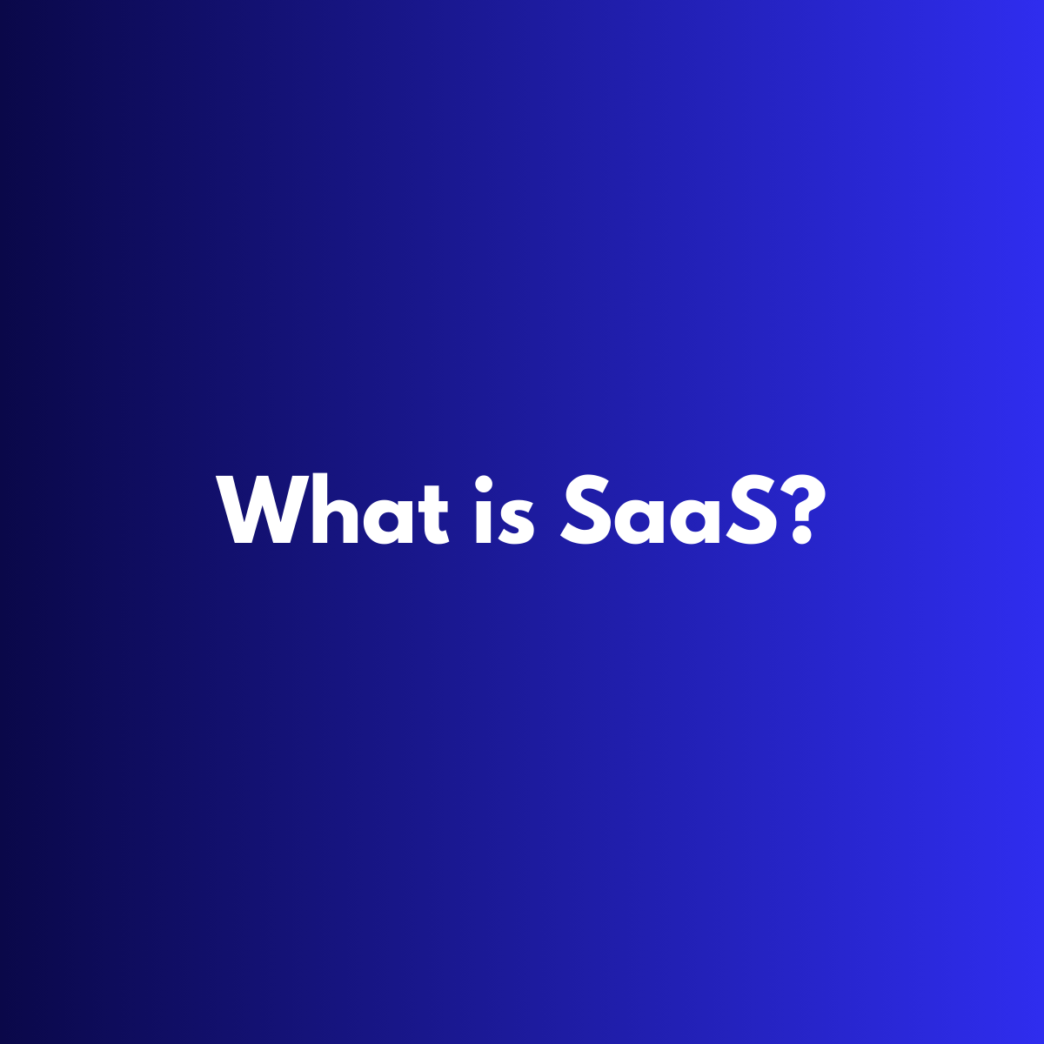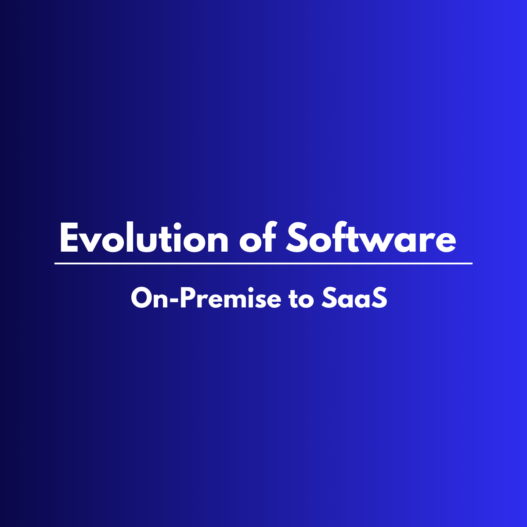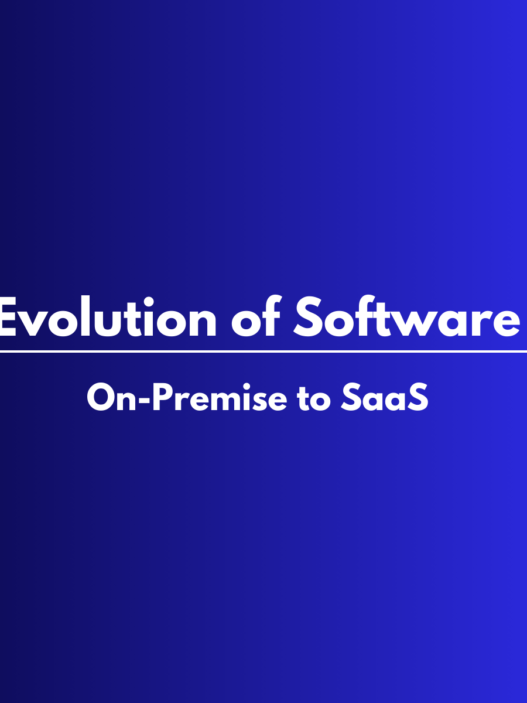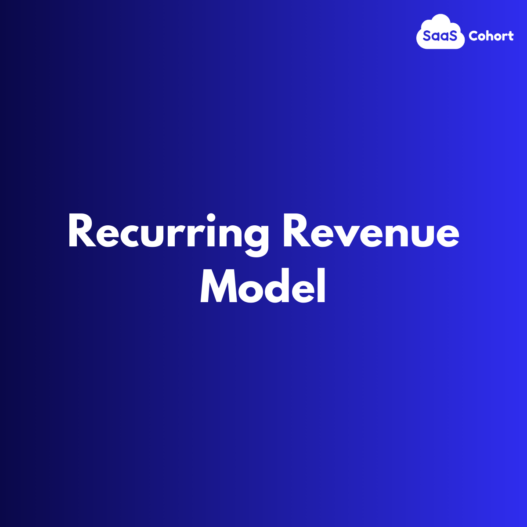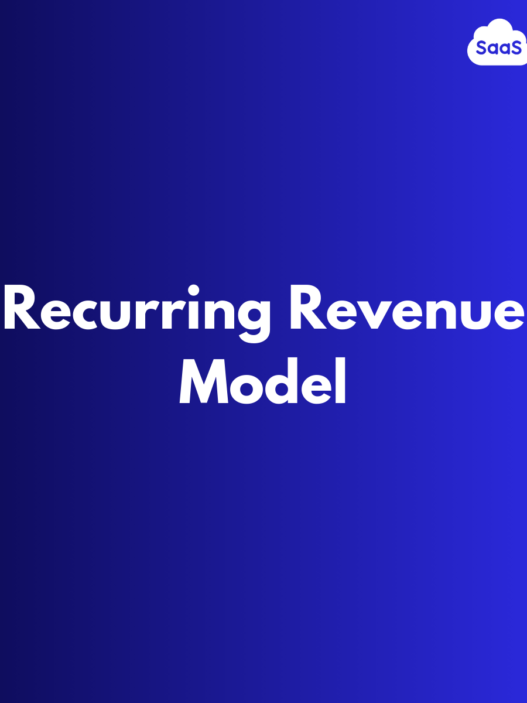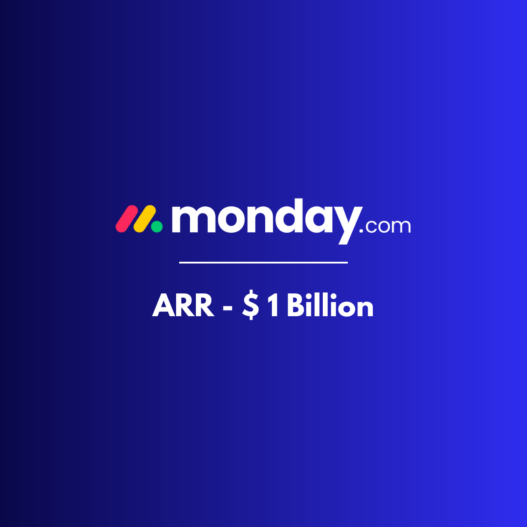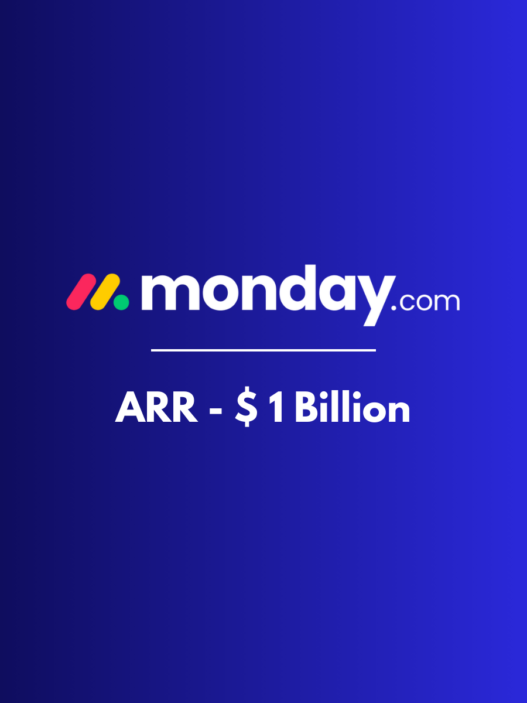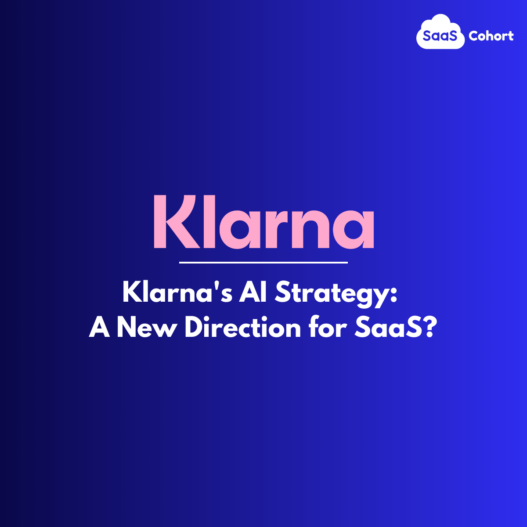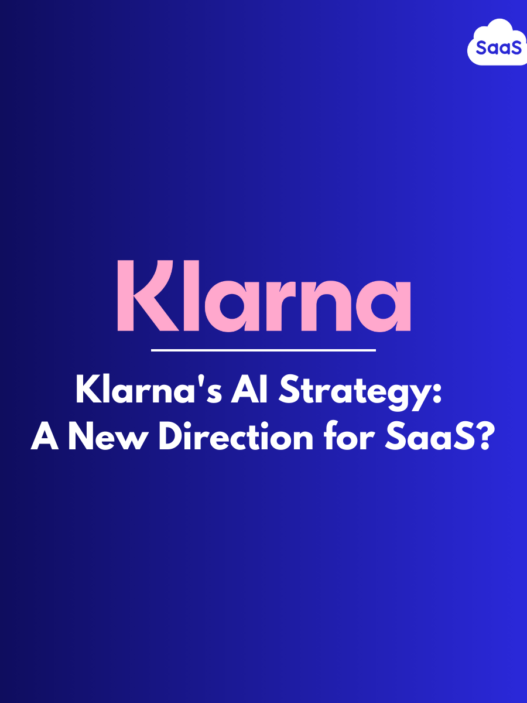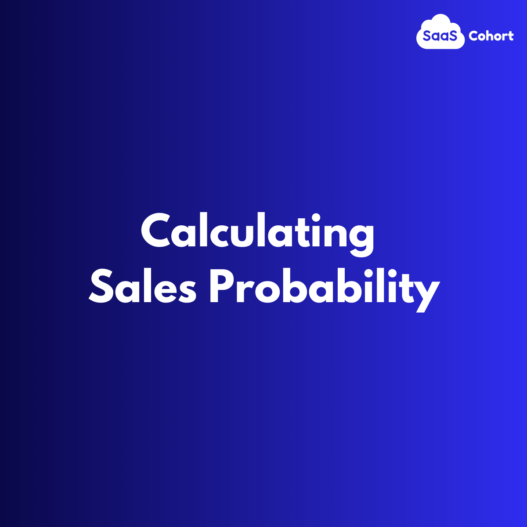Table of Contents
1. Introduction to SaaS
Software as a Service, commonly known as SaaS, is a cloud-based software delivery model where applications are hosted by a vendor and made available to customers over the internet. Unlike traditional software that requires installation on individual computers, SaaS applications can be accessed from any device with an internet connection, typically through a web browser.
Areas of Adoption
SaaS has seen widespread adoption across various sectors, with particularly strong growth in:
- Enterprise software (CRM, ERP, HR management)
- Productivity and collaboration tools
- Marketing and analytics platforms
- Financial services and accounting software
- Marketing Automation
Examples
Some well-known examples of SaaS applications include:
- Salesforce (CRM)
- Microsoft Office 365 (Productivity suite)
- Dropbox (Cloud storage)
- Zoom (Video conferencing)
- HubSpot (Marketing automation)
2. A Brief History of SaaS
The concept of SaaS can be traced back to the 1960s when companies used a time-sharing system to access mainframe computers. However, the modern SaaS model as we know it began to take shape in the late 1990s and early 2000s.
Early pioneers in the SaaS space included:
- Salesforce (1999): Revolutionized CRM software delivery
- WebEx (1995): Introduced web conferencing as a service
- NetSuite (1998): Offered cloud-based ERP and financial software
The transition to SaaS benefited both vendors and customers. Vendors could more easily update and maintain their software, while customers enjoyed lower upfront costs, automatic updates, and the ability to access their applications from anywhere.
3. How SaaS Works
SaaS operates on a cloud computing infrastructure. Here’s a simplified explanation of how it works:
- The software provider hosts the application on their servers.
- Users access the application via the internet, typically through a web browser.
- The provider manages all aspects of the application, including security, availability, and performance.
- Users pay for the service on a subscription basis, often monthly or annually.
4. Benefits of SaaS
- Cost-effective: Lower upfront costs and predictable ongoing expenses
- Rapid deployment: Quicker implementation compared to traditional software
- Flexibility: Easy to scale up or down based on business needs
- Automatic updates: Always access to the latest features and security patches
- Improved collaboration: Easier to share data and work across teams and locations
5. SaaS vs PaaS vs IaaS
While SaaS focuses on delivering software applications, it’s important to understand how it differs from other cloud service models:
- SaaS (Software as a Service): Provides access to software applications over the internet.
- PaaS (Platform as a Service): Offers a platform for developers to build, run, and manage applications without the complexity of maintaining the underlying infrastructure.
- IaaS (Infrastructure as a Service): Provides virtualized computing resources over the internet, including servers, storage, and networking.
6. Examples of SaaS
Some popular SaaS applications across various categories include:
- Productivity: Google Workspace, Microsoft 365
- CRM: Salesforce, HubSpot
- Project Management: Asana, Trello, Jira
- Communication: Slack, Zoom
- Accounting: QuickBooks Online, Xero
- Human Resources: Workday, BambooHR
- Marketing: Mailchimp, Adobe Creative Cloud
7. SaaS vs Traditional Software
SaaS differs from traditional software in several key aspects:
- Delivery model: SaaS is accessed via the internet, while traditional software is installed locally.
- Pricing: SaaS typically uses a subscription model, whereas traditional software often requires upfront licensing fees.
- Maintenance: SaaS providers handle updates and maintenance, while traditional software requires user-managed updates.
- Scalability: SaaS can easily scale up or down, while traditional software may require additional hardware or licenses.
- Customization: Traditional software often offers more extensive customization options, although SaaS is catching up in this area.
8. Future of SaaS
The future of SaaS looks promising, with continued growth and evolution expected. According to McKinsey, the global SaaS market, valued at approximately $3 trillion in 2022, is projected to reach $10 trillion by 2030. This substantial growth is driven by factors such as:
- Increasing adoption of cloud technologies
- Growing demand for AI and machine learning-powered SaaS solutions
- Rising need for remote work and collaboration tools
- Expansion into new industries and markets
- Integration of emerging technologies like blockchain and IoT
The median revenue growth rate for 100 public SaaS companies in the United States with revenues above $100 million was 22% as of mid-2021, with the top quartile’s growth rates exceeding 40%. This impressive growth rate underscores the continued potential and opportunities in the SaaS sector.
As SaaS continues to evolve, we can expect to see:
- More industry-specific SaaS solutions
- Enhanced integration capabilities and ecosystems
- Improved security and compliance features
- Greater emphasis on user experience and customer success
- Expansion of vertical SaaS offerings
SaaS has revolutionized software delivery, offering businesses and individuals unprecedented access to powerful applications with reduced complexity and cost. As the market continues to grow and evolve, SaaS will play an increasingly vital role in shaping the future of technology and business operations.

